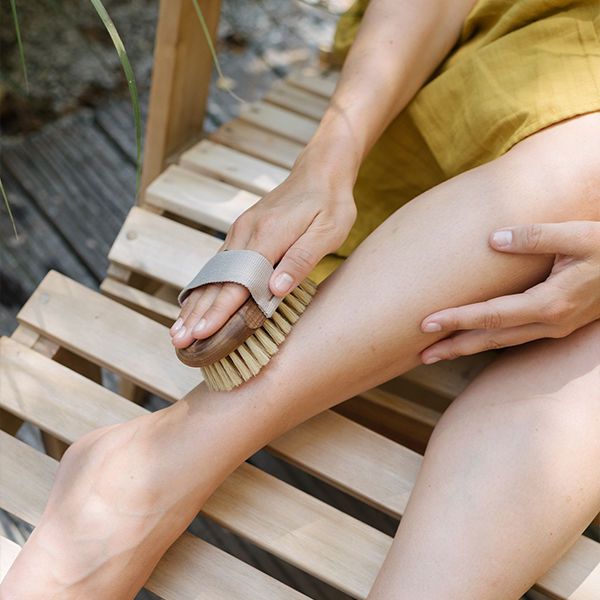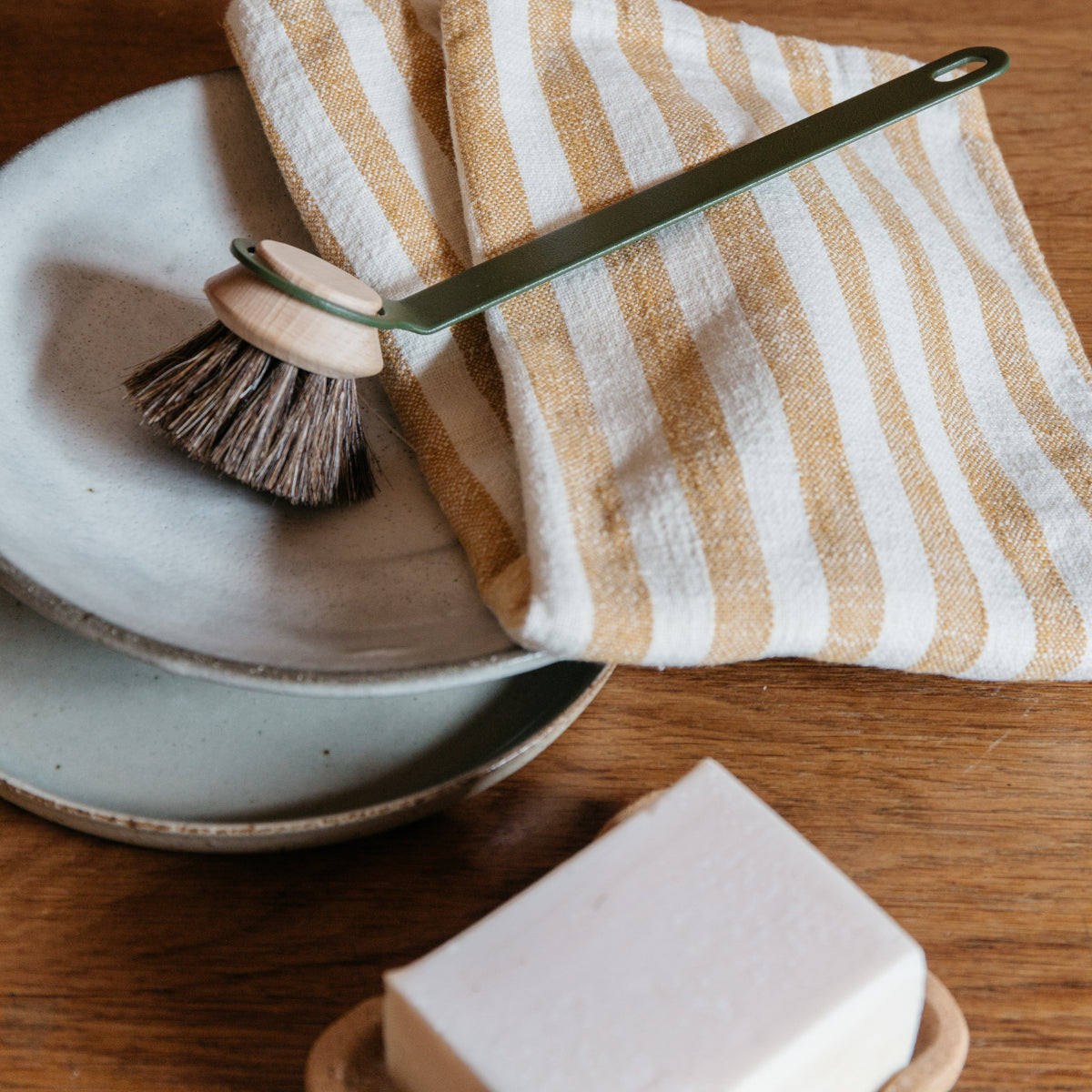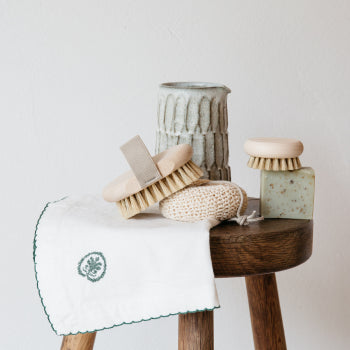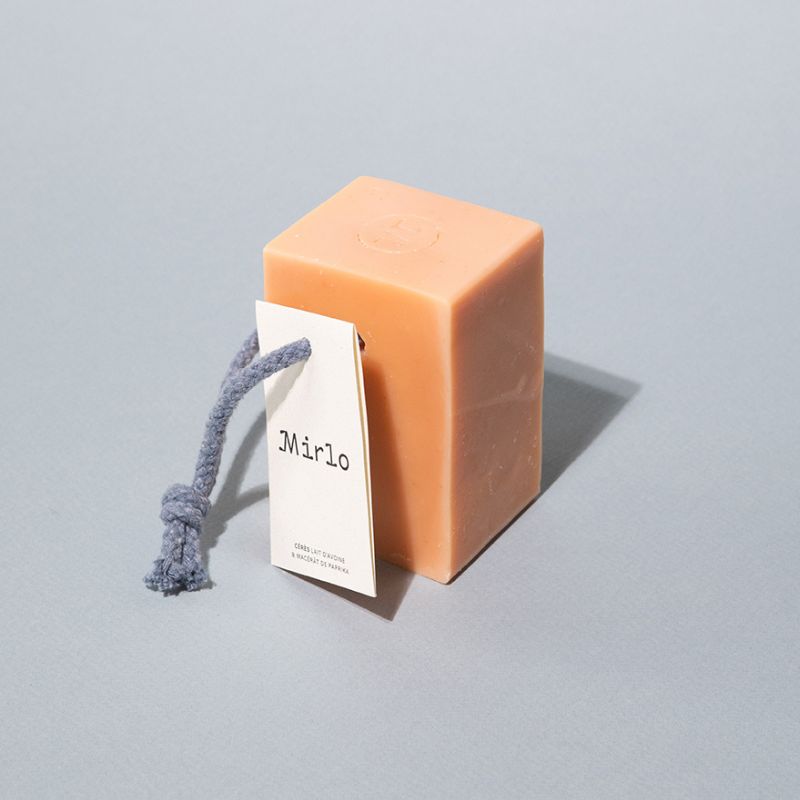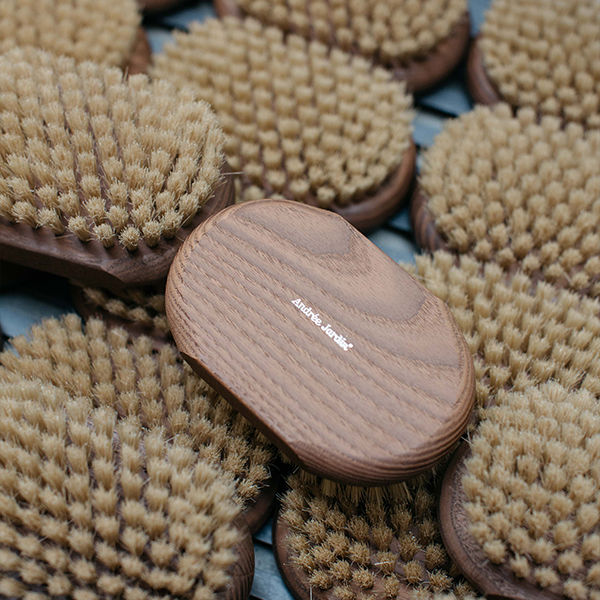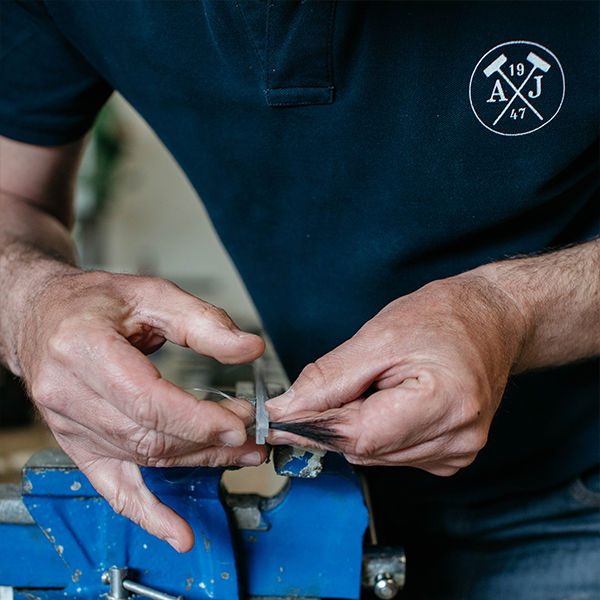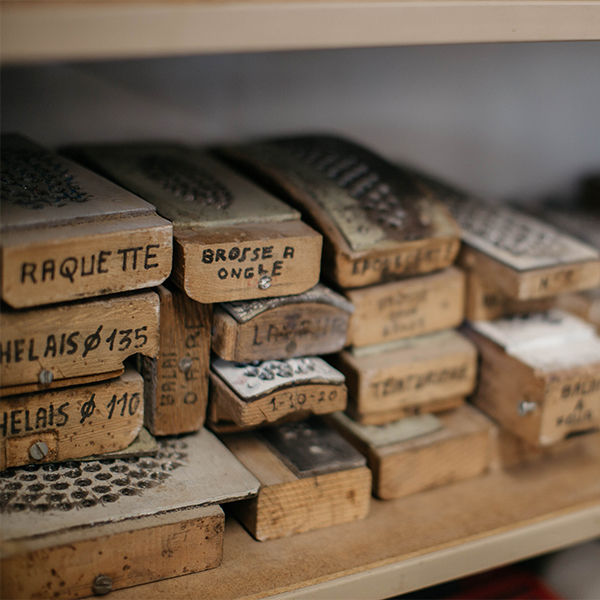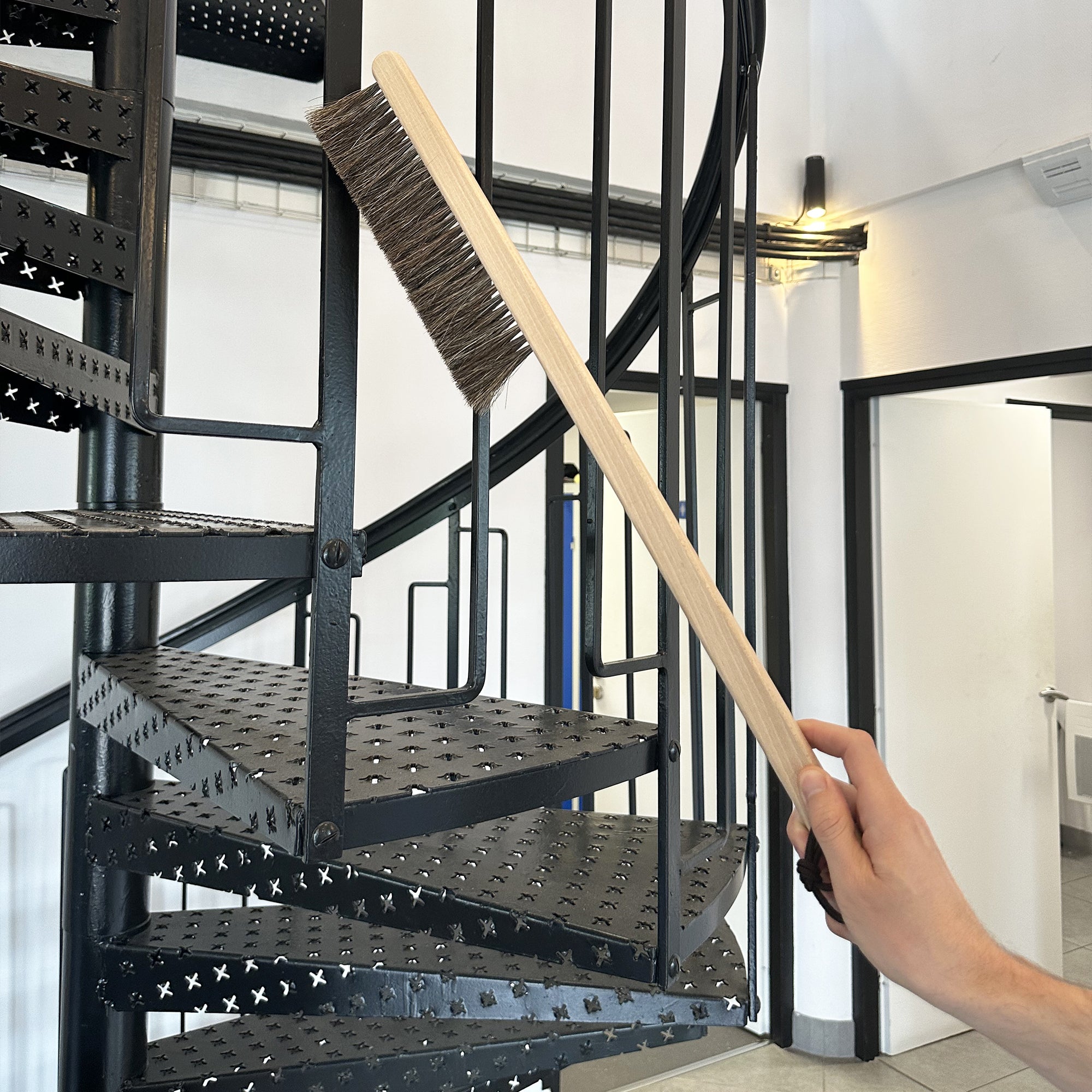How to clean and dust a radiator?
It is essential to dust a radiator regularly. Here are our tips for giving your radiator a makeover!
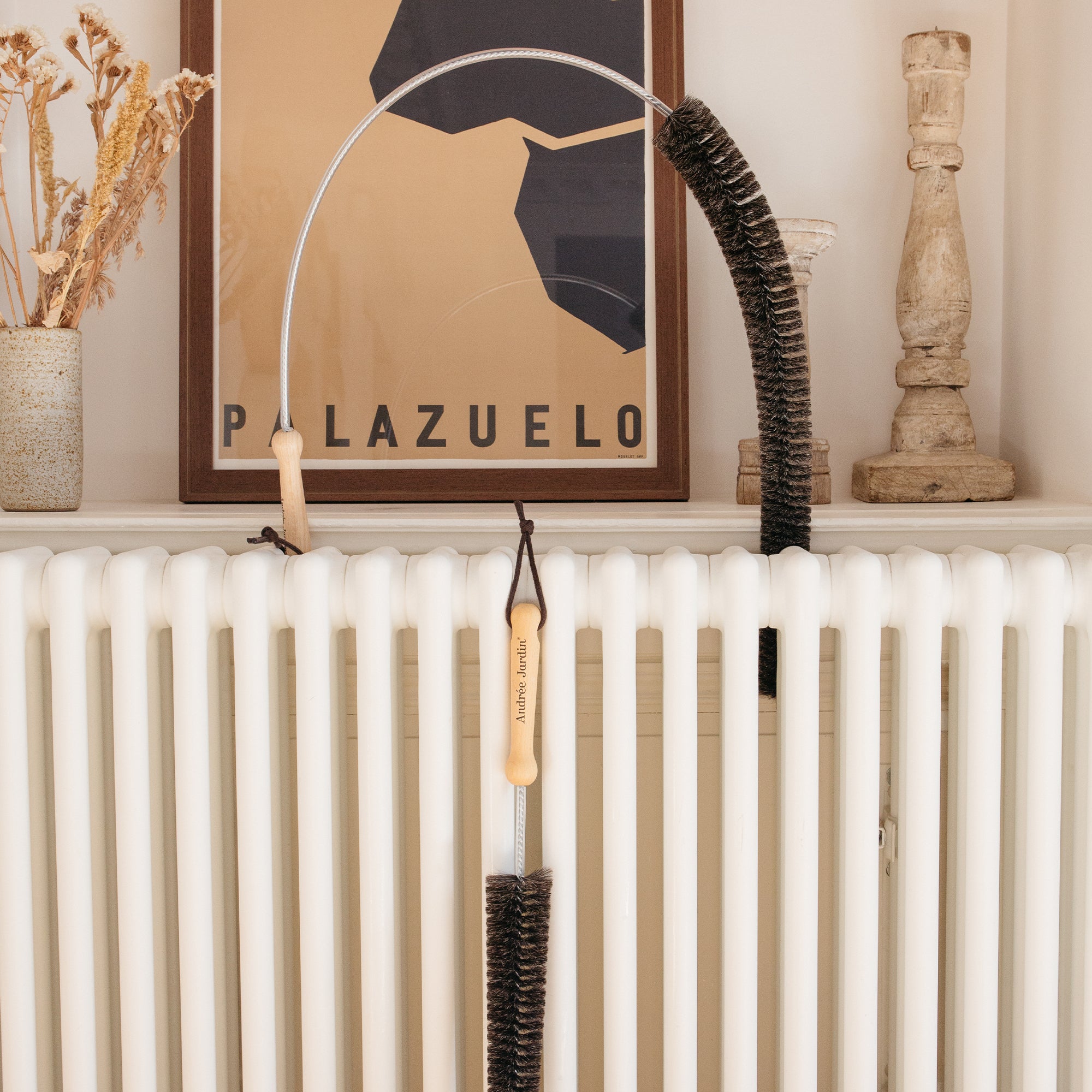
Why dust your radiators?
For the hygienic aspect : A radiator fills with dust when it is never cleaned. This gives an unsightly result, but can also be harmful to health, particularly for young children.
Indeed, when the radiator is turned on, it causes hot air to rise. This hot air will carry the dust microparticles with it and cause them to fly throughout your home. As long as you are allergic, it's a guaranteed crisis!
Furthermore, the mites present in dust proliferate in a warm and humid atmosphere. Radiators are the perfect representatives!
Additionally, dust on a radiator gives off an unpleasant odor. The dust present on the heating part is carbonized when they are started and gives off this annoying odor. Just turn them off and clean them!
To maintain its efficiency: Uncleaned radiators are less efficient. The upward movement of hot air created by heating within a home attracts dust to your radiators. This is called the convection current. The dust thus accumulated on your radiators, whether electric or with a hot water system, prevents the proper circulation of heat in the room. It reduces the efficiency of your heating system. This therefore leads to excess energy consumption and heat loss.
Having to operate at full capacity puts a lot of strain on your devices and causes them to deteriorate early. Furthermore, having to use more energy to obtain the same heat output will increase your electricity bill.

How to dust your radiators?
1. Turn off the heating
Before you start cleaning your radiators, it is important to turn them off. “Not only is it safer, but it also prevents them from sucking up any more dust while you clean.”
2. Start with a vacuum cleaner
Before using a radiator brush, you can use a vacuum cleaner to clean the inside, surrounds and underside of the radiator. This will capture dust, instead of sending it back into the air.
Remove as much dust as possible from inside and around the radiator and if your vacuum cleaner has one, use the small attachments to get inside the fins.
3. Use a radiator brush
To reach hard-to-reach places with dust and dirt, use a radiator brush specially designed for this purpose.
We recommend a 100% goat hair brush. This hair helps capture dust without depositing it again.
Goat hair has the power to bend completely and then return to its original positions. In addition, they have great electrostatic power.
4. Wipe with soap and water
Fill a bucket with warm, soapy water and, using a sponge, wipe down the exterior of the radiator. Make sure there is plenty of soapy suds on the sponge and wring it out a little so that it is damp but not dripping.
Dry your radiator thoroughly with a microfiber cloth to prevent the metal from rusting.
5. Do a final check
After cleaning the radiator, check the heating parts and surrounding areas to see if dust has fallen from the radiator.
They may need to be wiped dry. Indeed, heat can sometimes cause dirt and dust to adhere to the wall. Scrub the marks with a soapy sponge, being careful not to damage the paint.

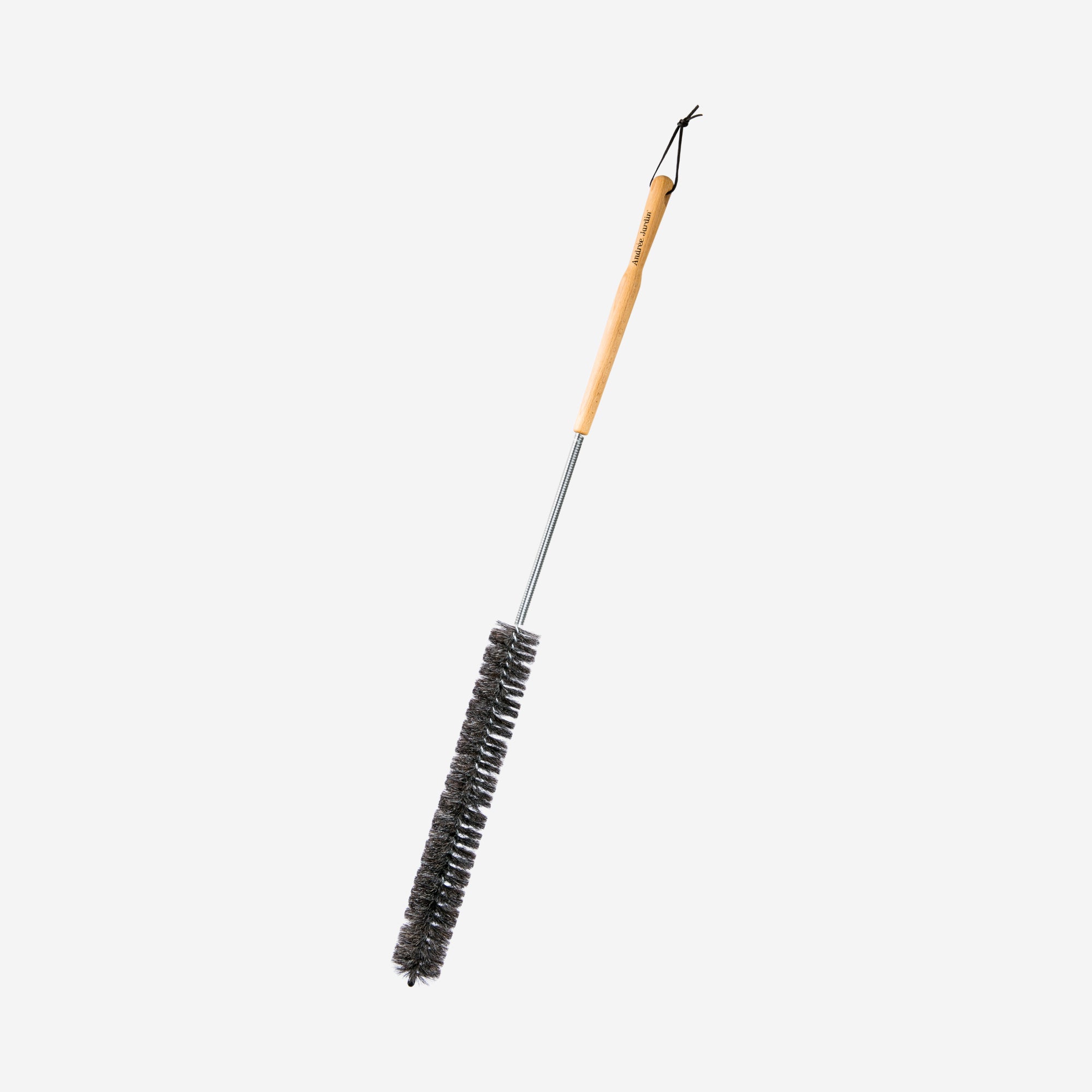

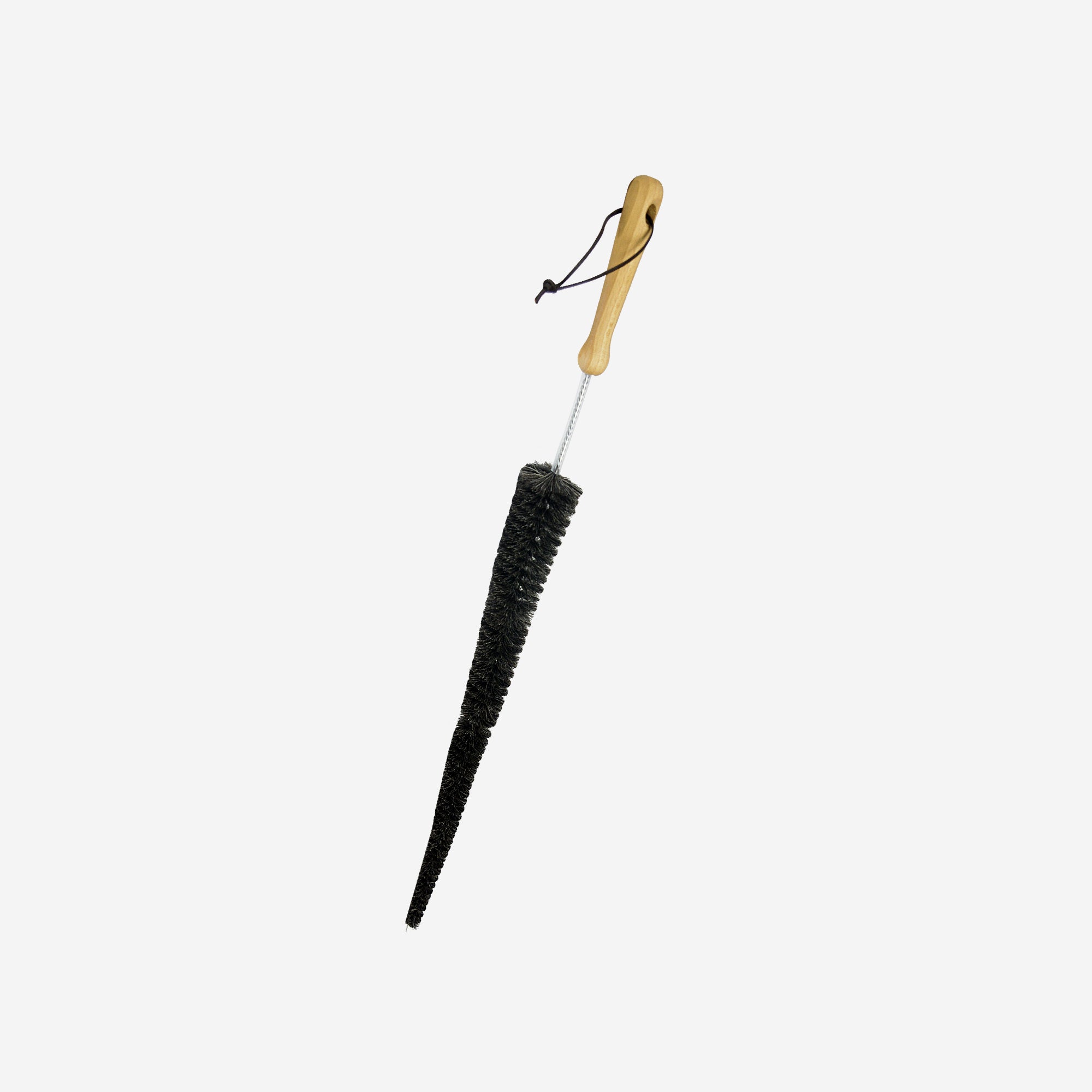
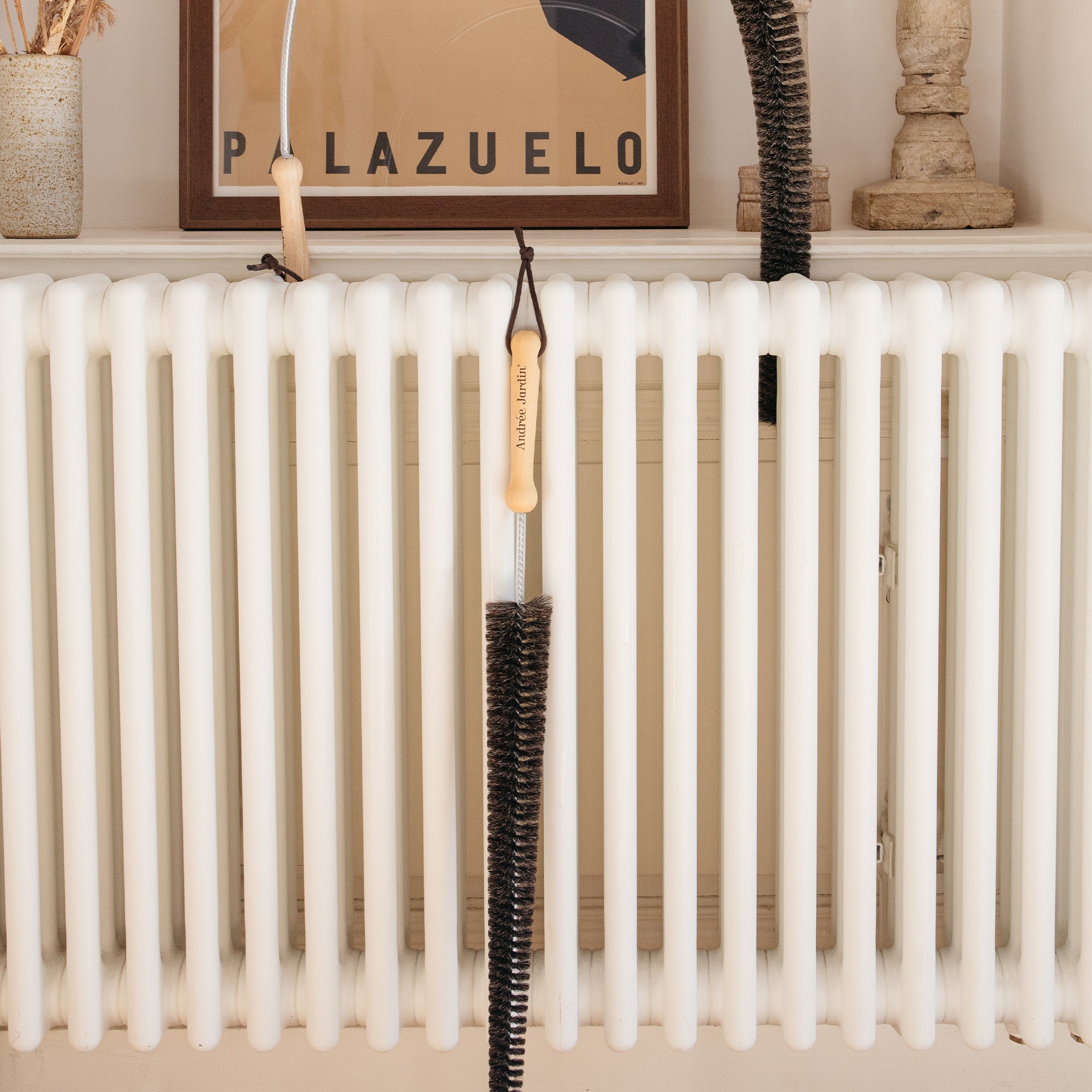
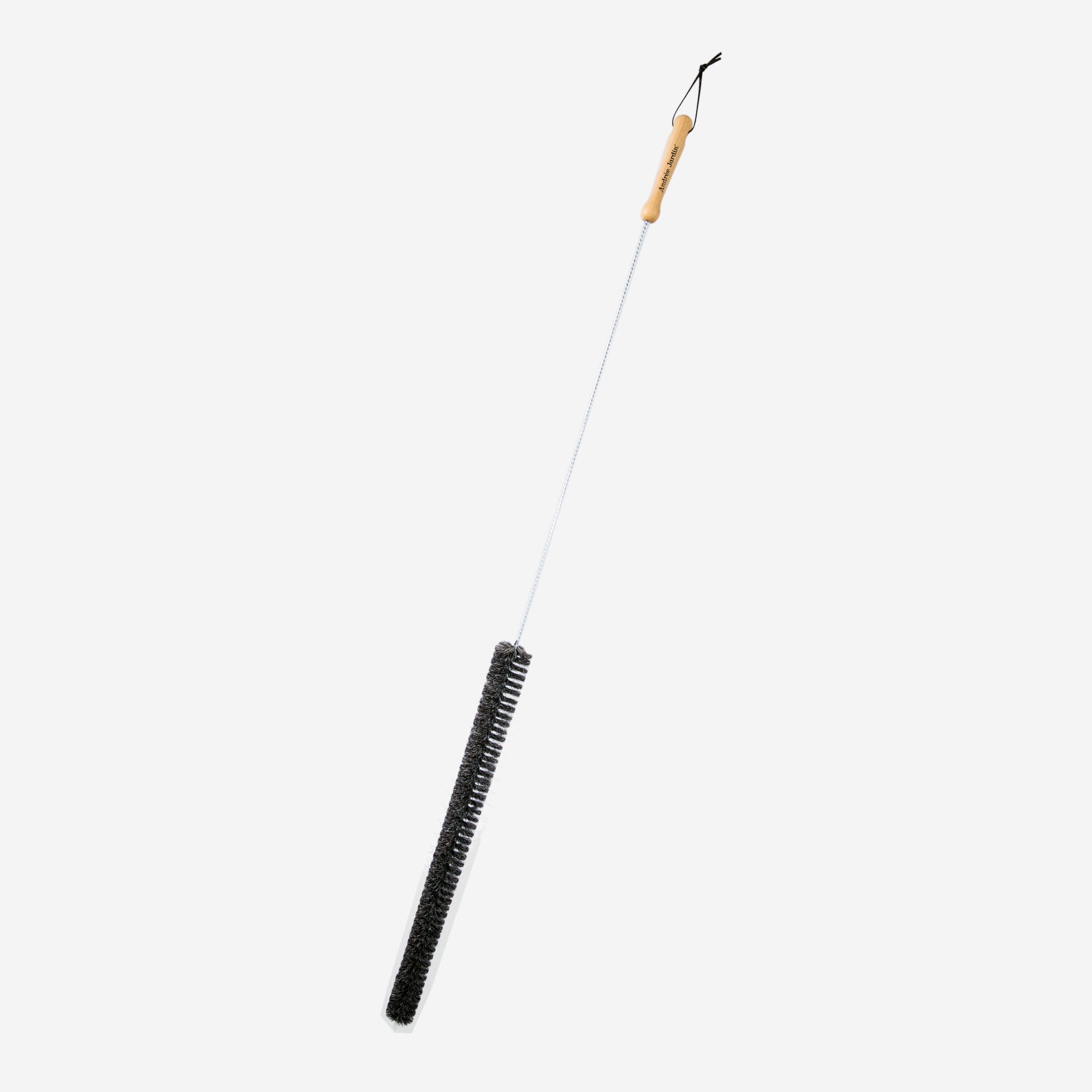

This Radiator Brush helps easily you remove any dust and dirt that builds up behind your radiator and other hard to reach places. With bristles made from gray goat hair, the long beechwood handle and bendy metal coil makes it super easy to use.
3 available models:
- 70cm long, medium flexible
- 85cm long, medium flexible
- 115cm long, very flexible, which makes it easy to bend to reach the most difficult corners.
Pickup available at Andrée Jardin - Treillières
Usually ready in 1 hour

Radiator brush
85cm
Andrée Jardin - Treillières
1 Rue Pasteur
ZI Ragon
44119 Treillières
France
The Andrée Jardin blog
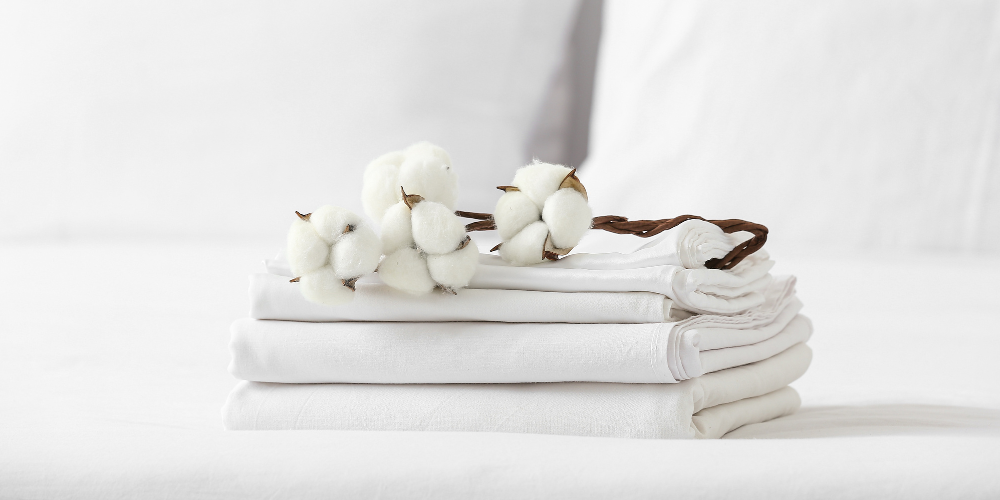
How to bleach yellowed laundry? Simple and natural tips
Over time, even the brightest white linen can end up yellowing: traces of perspiration, humidity, repeated washing... Discover our simple and natural tips.
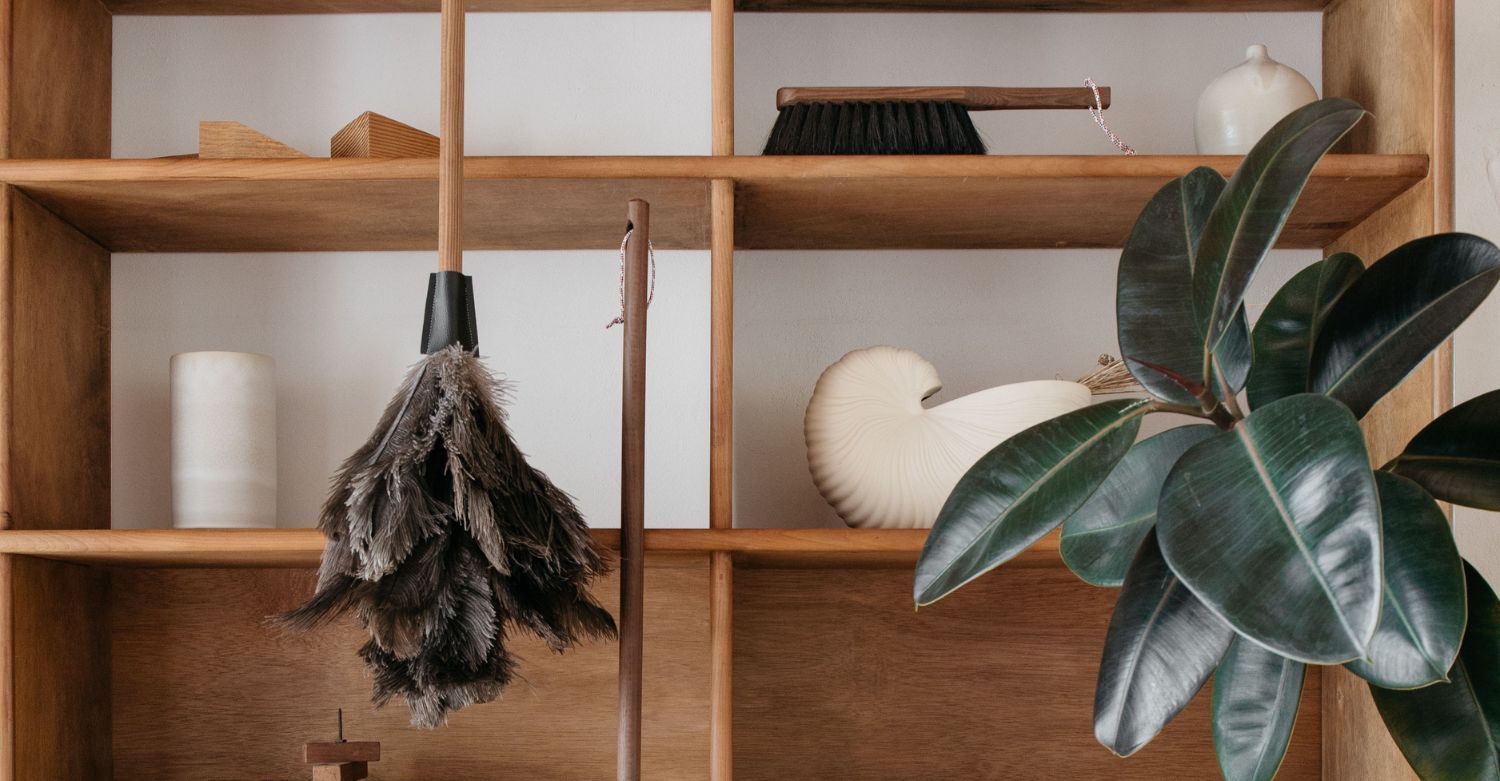
How to succeed in spring cleaning?
Discover the secrets of a successful spring cleaning with Andrée Jardin! Opt for responsible cleaning products and follow our practical advice for effective cleaning from top to bottom. Enjoy a cle...
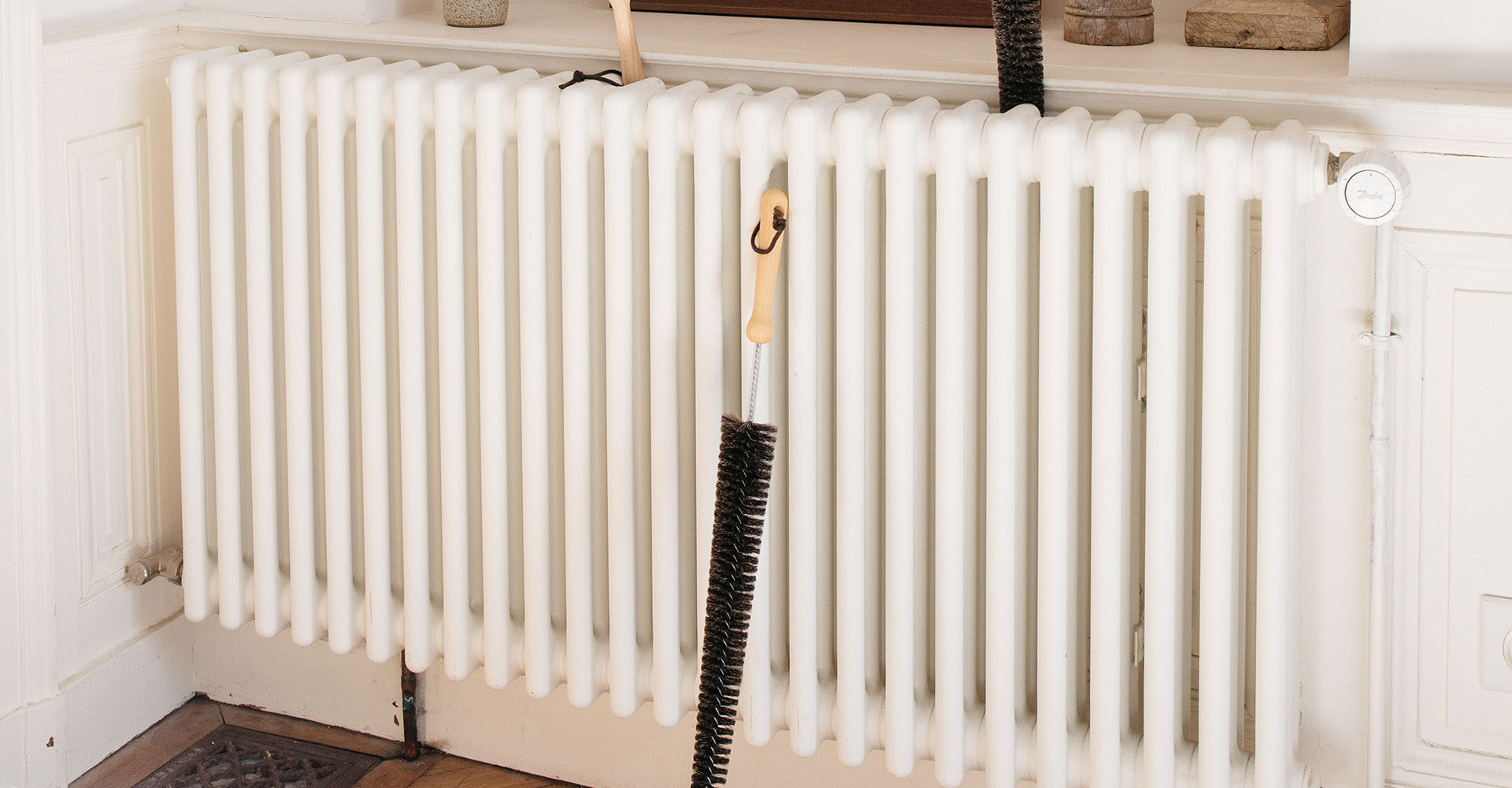
How to Clean Dust from Inside Radiators ?
It is important to clean dust from inside radiators. Here are our tips for keeping your radiator looking new!


